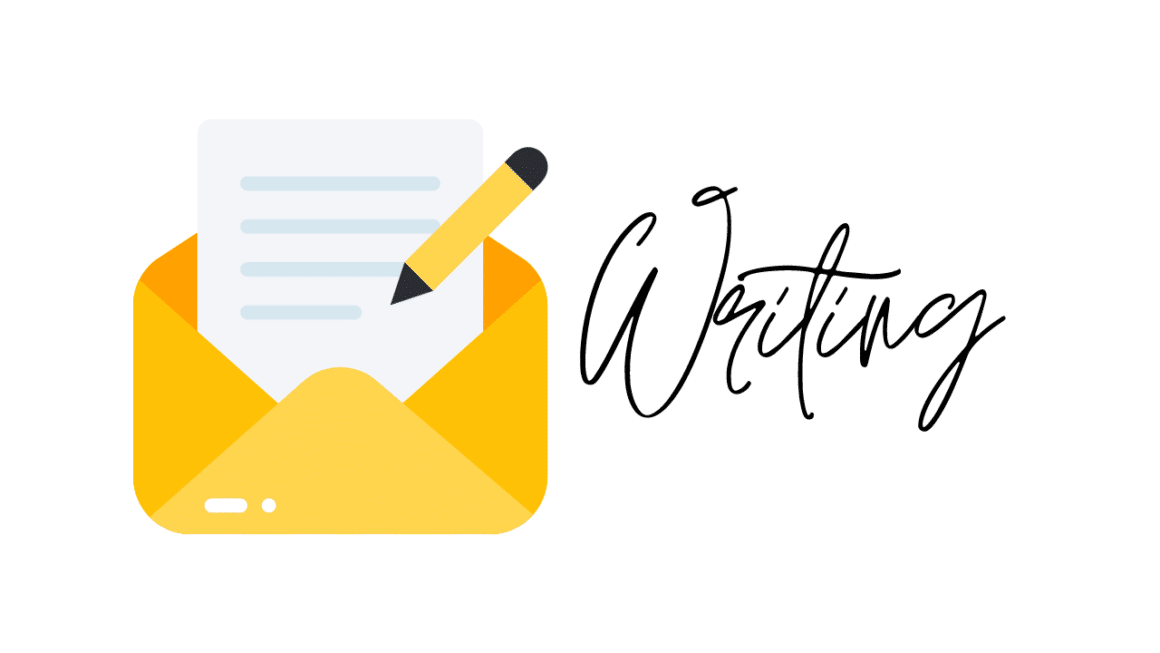Whether you’re writing a letter to a friend or sending an official communication, it’s important to understand the differences between formal and informal letter formats. In this guide, we’ll cover everything you need to know about letter-writing formats, including their structures, tones, and purposes.

Letters have been a popular form of communication for centuries. With the rise of digital communication, the art of letter writing may seem to be dying, but there are still times when nothing but a letter will do. Knowing how to write a formal or informal letter can be essential for business or personal reasons.
Formal Letter Format
Learn about formal letter format, a formal letter is written for official or professional purposes. This could be for a job application, a complaint letter, or any other communication that requires a formal tone.
Heading
The heading of a formal letter should include the sender’s name and address, followed by the date, the recipient’s name and address, and a subject line. The subject line should be concise and to the point, giving the recipient an idea of what the letter is about.
Salutation
The salutation in a formal letter should be respectful and use the appropriate title for the recipient, such as “Dear Mr. Smith” or “Dear Dr. Jones.” If the recipient’s name is unknown, use a generic greeting such as “To Whom It May Concern.”
Body
The body of a formal letter should be organized into paragraphs that cover the main points of the letter. The tone should be formal and concise, avoiding slang or colloquialisms. Use clear and straightforward language to convey your message.
Closing
The closing of a formal letter should be respectful and polite. Use phrases such as “Sincerely” or “Yours faithfully” followed by the sender’s name.
Signature
The sender’s signature should be handwritten above their typed name.
Informal Letter Format
Learn about informal letter format, an informal letter is written for personal reasons, such as to a friend or family member. The tone is more casual than a formal letter, and the structure is more flexible.
Heading
The heading of an informal letter is less structured than a formal letter. Include the date and your address, but you don’t need to include the recipient’s address unless you’re sending a physical letter.
Salutation
The salutation in an informal letter is more casual and can use the recipient’s first name. Use a greeting such as “Dear John” or “Hi Jane.”
Body
The body of an informal letter can be more relaxed and conversational than a formal letter. Use a friendly tone and include personal details or anecdotes.
Closing
The closing of an informal letter can be more casual, such as “Love” or “Take care.”
Signature
You can sign an informal letter with your first name or a nickname.
Differences Between Formal and Informal Letter Format
The key differences between formal and informal letter formats are:
- Structure: Formal letters have a more structured layout than informal letters. Formal letters typically include a heading, salutation, body, closing, and signature. Informal letters have a more flexible structure and may not include all of these elements.
- Tone: Formal letters have a serious and professional tone, while informal letters have a more personal and conversational tone.
- Language: The language used in formal letters is formal, concise, and professional. Informal letters use more relaxed and colloquial language.
- Content: The content of formal letters is usually related to business or official matters, while informal letters can be about any personal topic.
When to Use Formal and Informal Letter Formats
Knowing when to use formal and informal letter formats is important. Here are some examples:
- Formal Letter: A job application, a complaint letter, a letter to a government official or business contact, or any other official communication that requires a formal tone.
- Informal Letter: A letter to a friend or family member, a thank you note, a personal update, or any other personal communication.
Tips for Writing Effective Letters
Whether you’re writing a formal or informal letter, here are some tips to help you write an effective letter:
- Know your audience: Consider who will be reading your letter and tailor your tone and content accordingly.
- Be clear and concise: Use clear and straightforward language to convey your message.
- Proofread your letter: Check for spelling and grammar errors, and make sure your letter is well-organized and easy to read.
- Use an appropriate tone: Use a formal tone for formal letters and a more casual tone for informal letters.
- Include relevant details: Provide enough information to support your message, but avoid going off-topic or including irrelevant details.
Conclusion
In conclusion, understanding the differences between formal and informal letter formats can be essential for communicating effectively in various situations. Remember to tailor your tone and content to your audience, be clear and concise, and proofread your letter before sending it.